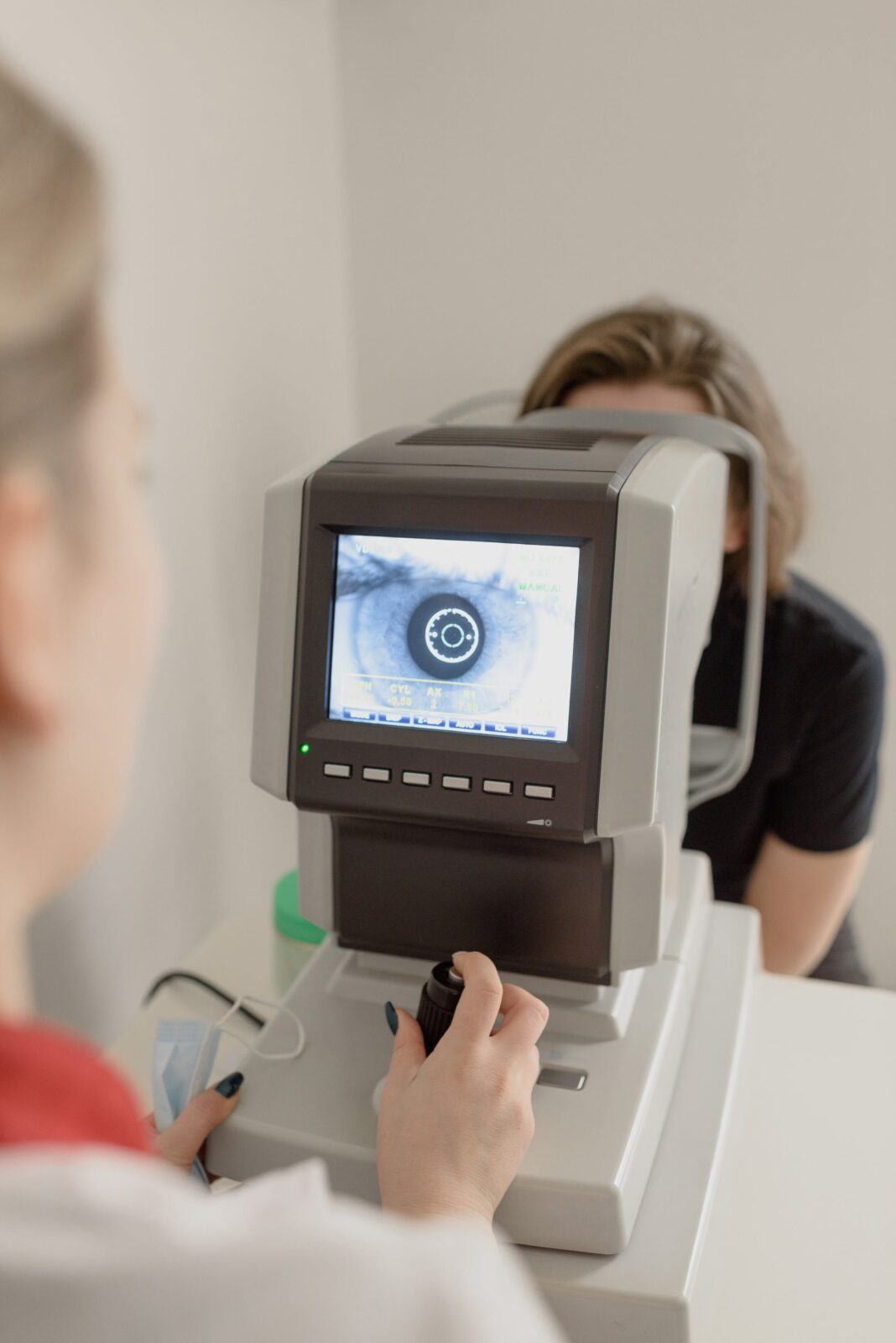
LASIK Surgery: An Effective Solution for Myopia Correction
Nearsightedness, also known as myopia, is a common refractive error where distant objects appear blurry while close objects remain clear. This occurs when the eye’s shape prevents light from focusing correctly on the retina. While eyeglasses and contact lenses are effective corrective measures, LASIK (laser-assisted in situ keratomileusis) surgery offers a potential permanent solution for many individuals. We will dive into the intricacies of LASIK for nearsightedness, exploring the procedure, candidacy requirements, benefits, and potential considerations.

Understanding Nearsightedness (Myopia)
Myopia develops when the eye’s cornea is too curved, or the eyeball is too long. This causes light to focus in front of the retina instead of directly on it, resulting in blurred distance vision. The severity of myopia is measured in diopters (D), with higher negative
numbers indicating greater nearsightedness. Managing myopia can be a daily challenge. Here are some common symptoms of nearsightedness:
- Blurry vision when looking at distant objects: This is the most noticeable symptom. Things like road signs, movie screens, or objects across a room may appear fuzzy or out of focus.
- Squinting: You might find yourself squinting to try to see distant objects more clearly. This is your eye’s way of trying to focus the light better.
- Eyestrain: Because your eyes are working harder to see distant objects, you may experience eyestrain, especially after prolonged focus.
- Headaches: Frequent headaches can also be a symptom of nearsightedness, as the constant effort to focus can strain your eye muscles.
- Difficulty seeing at night: Some people with nearsightedness may have trouble seeing clearly in low light conditions, such as when driving at night.
How LASIK Corrects Nearsightedness
LASIK surgery aims to reshape the cornea, allowing light to focus correctly on the retina. We utilize a precise excimer laser to remove microscopic amounts of corneal tissue, thus correcting the refractive error. The procedure typically involves creating a thin corneal flap, reshaping the underlying cornea with the laser, and then repositioning the flap. This process is highly precise and customized to each patient’s individual needs.
We understand that undergoing any surgical procedure can be daunting. We strive to make the LASIK process as comfortable and transparent as possible. The procedure itself is relatively quick, typically taking only a few minutes per eye. We use numbing drops to ensure your comfort throughout the procedure. Following LASIK, we will provide you with detailed post-operative instructions to promote healing and optimize your vision.
Benefits of LASIK for Nearsightedness
Many patients experience significant improvement in their vision after LASIK surgery. We find that the potential benefits include:
- Eliminated Need for Glasses or Contacts: One of the most appealing benefits is the potential to reduce or eliminate the need for corrective eyewear. This can be especially liberating for those who find glasses or contacts inconvenient or uncomfortable.
- Improved Vision Clarity: Many patients achieve 20/20 vision or better after LASIK.
- Enhanced Quality of Life: Improved vision can positively impact various aspects of daily life, from work and hobbies to social interactions.
- Long-Term Vision Correction: LASIK offers a long-term solution for nearsightedness. While some individuals may experience minor vision changes over time due to aging or other factors, the initial correction is generally permanent.
- Quick Recovery: The recovery period after LASIK is typically short. Most people can resume their normal activities the following day.
LASIK surgery offers a promising solution for individuals seeking to correct nearsightedness. Schedule a consultation to determine your candidacy and discuss your individual needs. At TLC Laser Eye Centers, we are committed to providing comprehensive and personalized care to help you achieve your best possible vision.
References:
American Academy of Ophthalmology. (n.d.). LASIK: What to expect. Retrieved from https://www.aao.org/eye-health/treatments/lasik-surgery
Mayo Clinic. (n.d.). LASIK eye surgery. Retrieved from https://www.mayoclinic.org/tests-procedures/lasik-eye-surgery/about/pac-20384774
Medical News Today. (2023). Can LASIK help treat nearsightedness? Retrieved from https://www.medicalnewstoday.com/articles/lasik-for-nearsightedness


